TJU Architecture Arts Exhibited at Palais des Nations on UN Chinese Language Day
On April 25, an exhibition themed as “A living Story of Two Millennia: Past and Present of Chinese Architecture” unveiled at the Palais des Nations, Geneva on the UN Chinese Language Day.
The event was sponsored by the Chinese Mission at Geneva and the Chinese Mission to the United Nations Office at Geneva, and organized by Tianjin Academy of Fine Arts and Tianjin University.
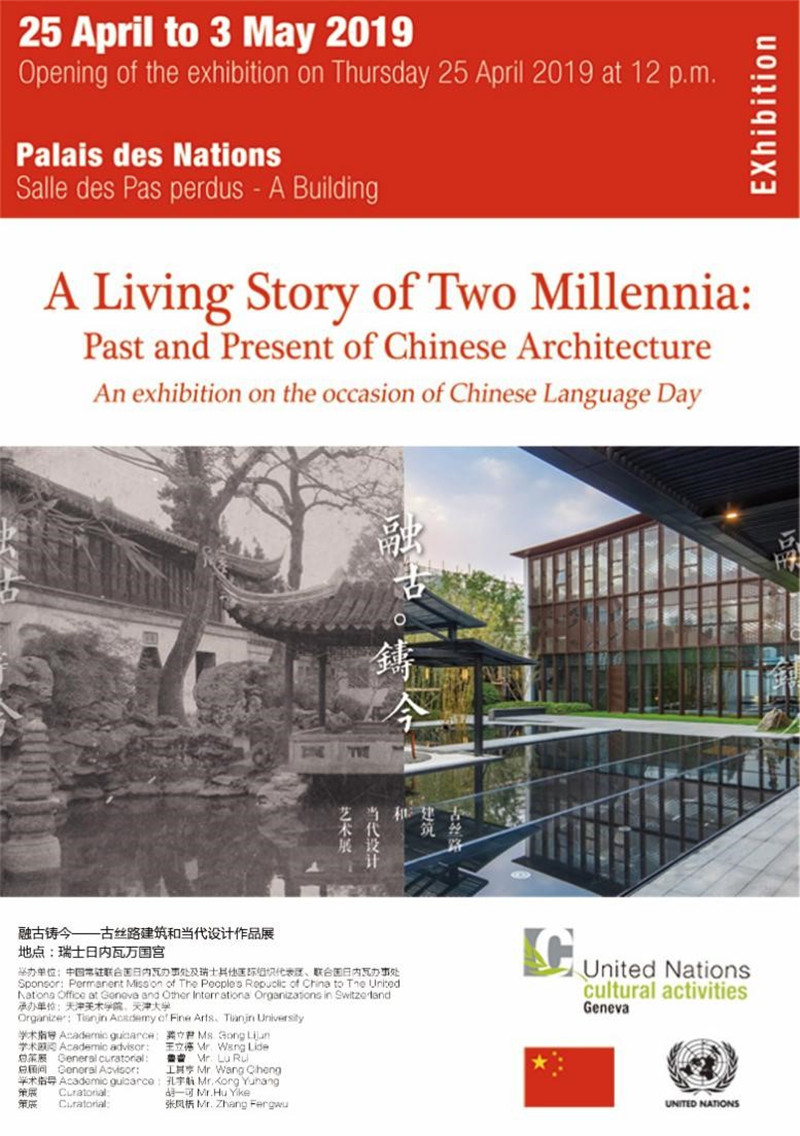
Poster of the Exhibition
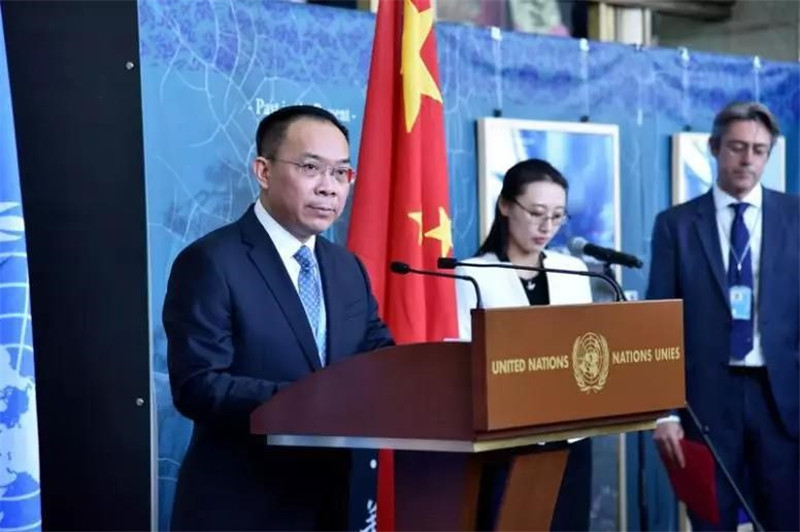
Ambassador Li Song delivers the opening remarks.
Ambassador LI Song from the Chinese Mission to the United Nations Office at Geneva delivered the opening remarks. He said that the Chinese language is a valuable asset of the world culture, and the United Nations Chinese Language Day contributes to the widespread dissemination of multilateralism and cultural diversity. For this year, linking Chinese language to architecture is a unique idea, as both the Chinese language and the architectural form contain the concept "harmony", which has been passed down from generations to generations over the past 5,000 years and has become the most fundamental cultural gene of the Chinese nation. What’s worth mentioning is that the exhibition displays some ancient architecture along the old Silk Road route, promoting the "Silk Road Spirit" of cooperation, openness and inclusiveness, mutual learning and mutual benefits".
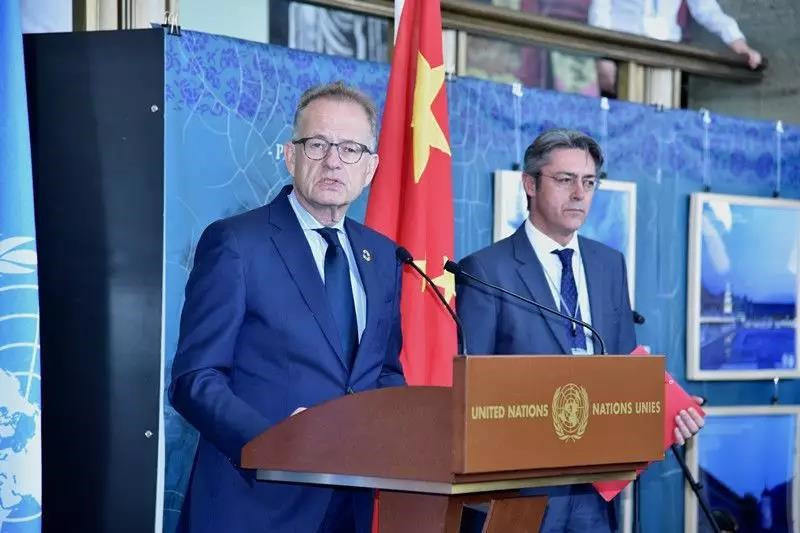
Michael Møller gives a speech.
In his speech Michael Møller, Director-General of the United Nations Office at Geneva (UN Geneva) expressed his gratitude to his Chinese colleagues for their work He considered it an ingenious idea to show Chinese culture and philosophical tradition through an architecture exhibition. He appreciated the messages expressed by the exhibition, the spirit of openness and inclusiveness and the concept that man is an integral part of nature. He said that those messages were highly consistent with principles Geneva advocates, such as multilateralism, peace, cooperation and sustainable development.
The Exhibition consists of four parts: an ancient architecture exhibition, an exhibition of architecture along the Silk Road, an arts and crafts exhibition and a modern space art design exhibition. With the theme of promoting the silk road spirit, the Exhibition used still life, audio and video, interactive experience to showcase the essence of Chinese ancient and modern architectural arts and interpret the spirit and ideas of Chinese culture, which echoes the Second Belt and Road Forum for International Cooperation held in Beijing.
The traditional architecture exhibition was organized by Tianjin University. There were altogether 35 items including works by TJU teachers and alumni from the School of Architecture, ancient Chinese building components and drawings, vividly telling stories along the Silk Road route.
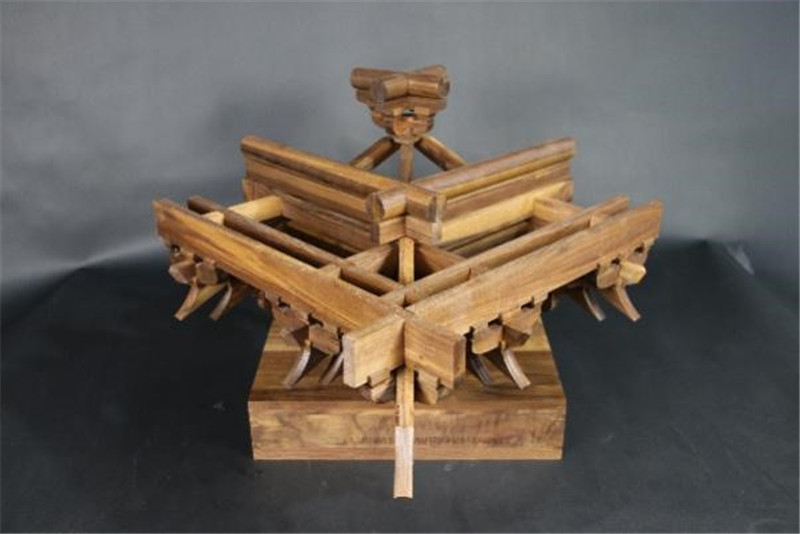
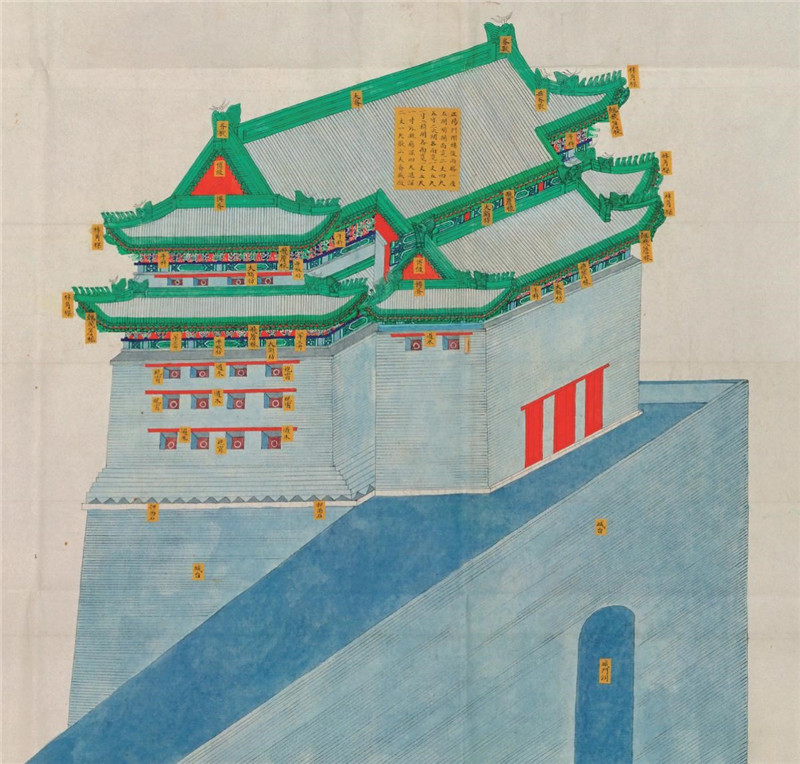
Ancient Chinese building components and drawings
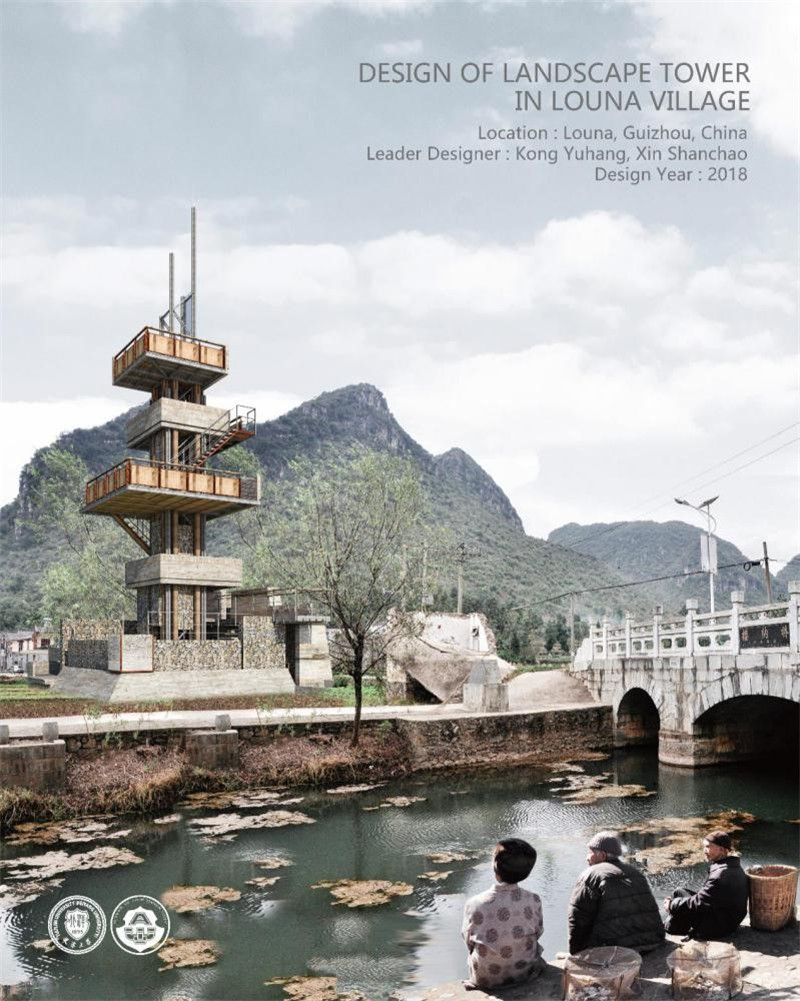
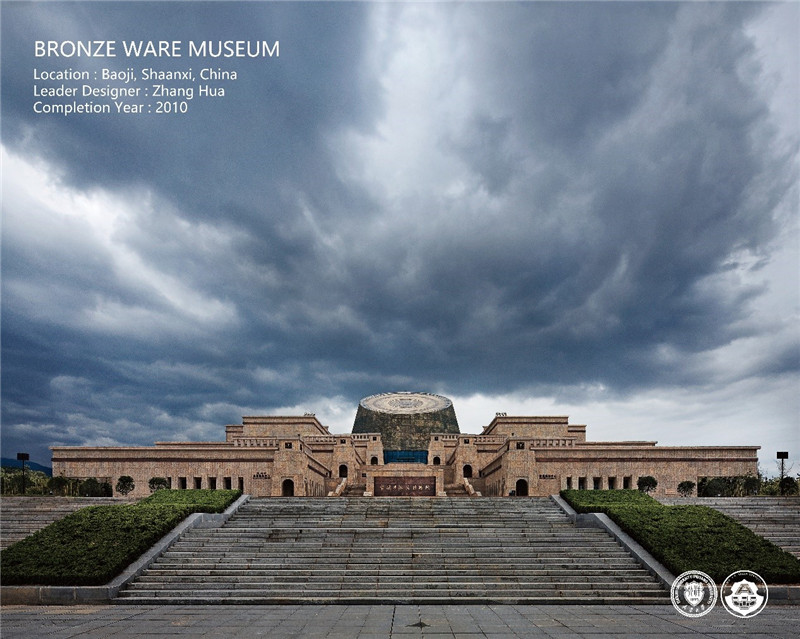
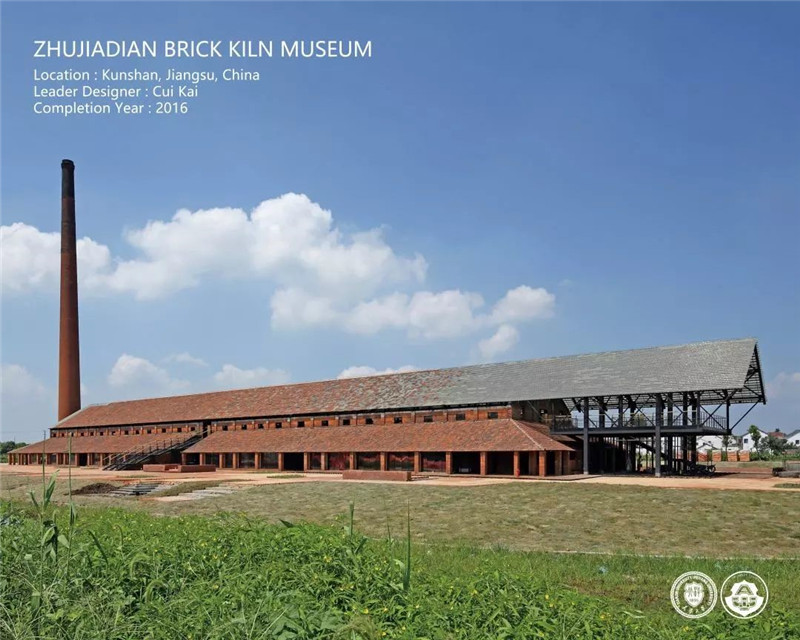
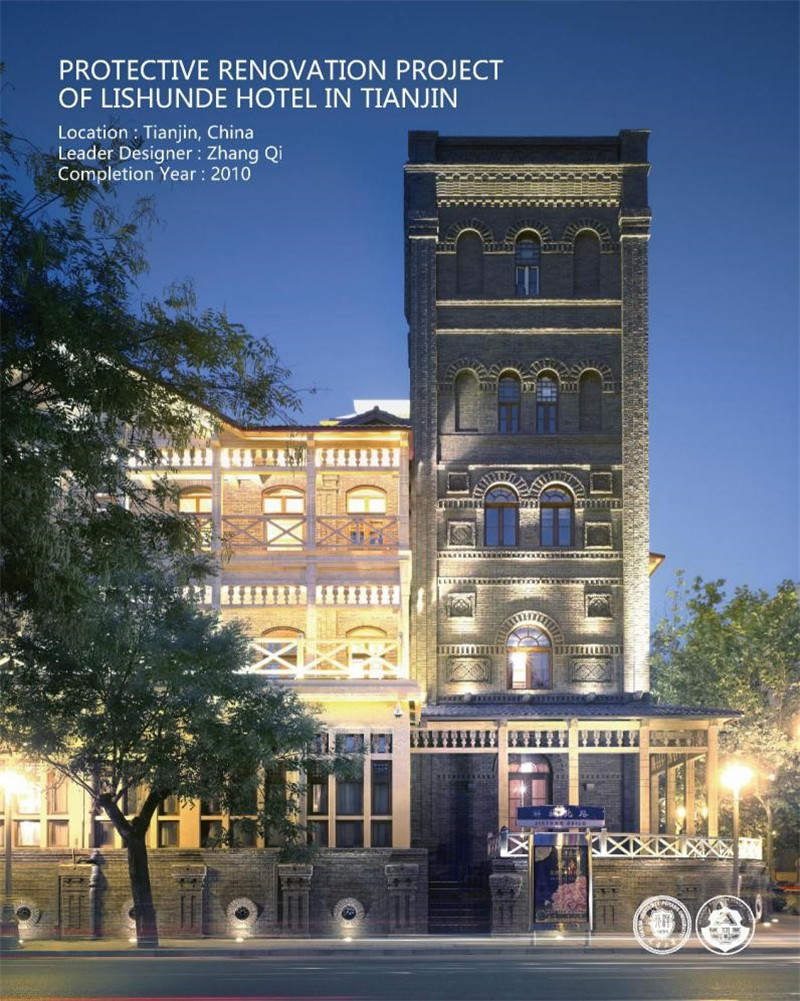
Some works by TJU teachers and alumni
The School of Architecture at Tianjin University is one of the leading figures in China’s architectural education. It is internationally renowned for its architectural design teaching practice, Chinese architectural history and heritage protection research. It provides a first-class teaching environment, excellent faculty, and a talent training system that is diverse, open and of high-quality. It has made remarkable contributions to the development of China's architectural industry.
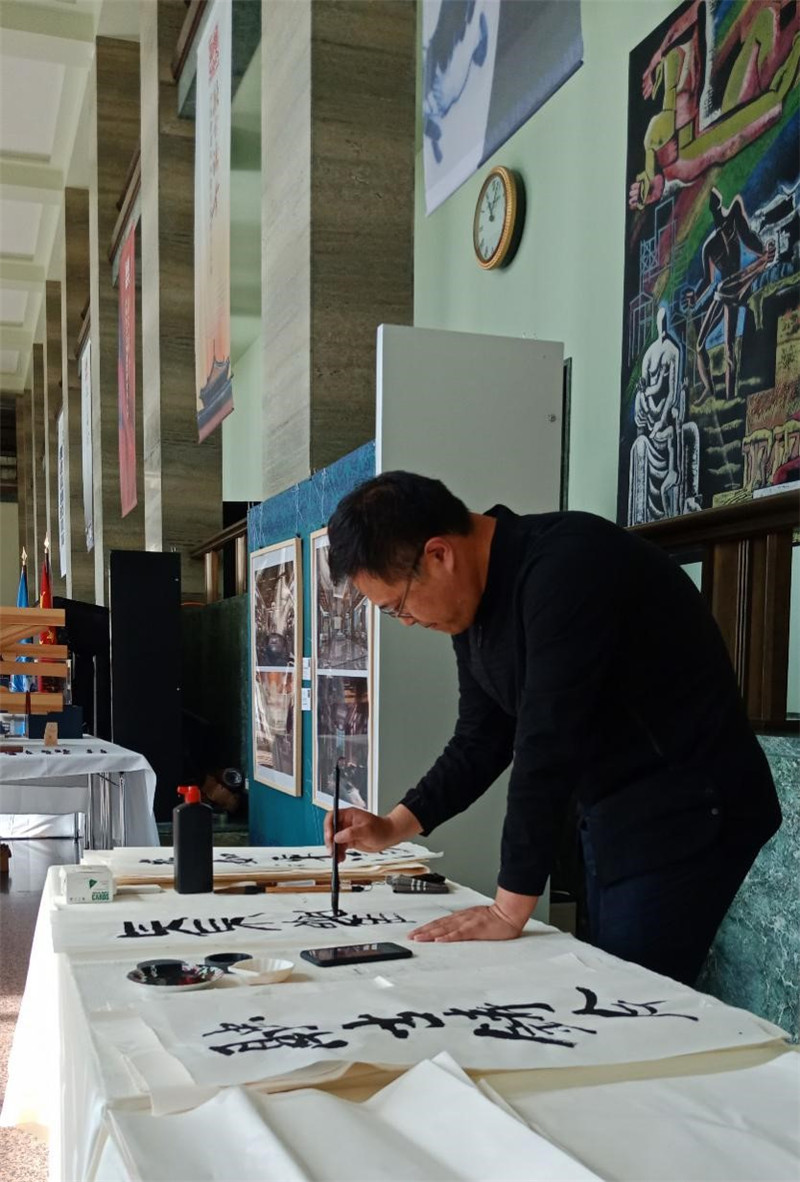
TJU associate professor Hu Yike shows Chinese calligraphy during the Chinese Language Day
By the School of Architecture
Editors: Eva Yin & Doris Harrington

